Confronting discrimination — Overcoming HIV-related stigma and discrimination in health-care settings and beyond
People living with HIV who perceive high levels of HIV-related stigma are 2.4 times more likely to delay enrolment in care until they are very ill.
Irrational fears of HIV infection and negative attitudes and judgements towards people living with HIV persist despite decades of public information campaigns and other awareness-raising efforts. Populations at increased risk of HIV infection face high levels of stigma due to, among other things, their gender, sexual orientation, gender identity, drug use or sex work. Stigma towards people living with or at risk of HIV drives acts of discrimination in all sectors of society—from public officials, police officers and healthcare workers to the workplace, schools and communities. In many countries, discriminatory laws and policies reinforce an environment of violence and marginalization. This stigma and discrimination discourages people from accessing health-care services, including HIV prevention methods, learning their HIV status, enrolling in care and adhering to treatment.
Studies on stigma and discrimination and health-seeking behaviour show that people living with HIV who perceive high levels of HIV-related stigma are 2.4 times more likely to delay enrolment in care until they are very ill (1). In eight countries with available data, more than a quarter of people living with HIV reported that they had avoided going to a local clinic in the previous 12 months because of their HIV status (Figure 1) (2). Such fears also discourage the uptake of prevention and testing services. For example, fear of the HIV-related stigma and discrimination that may result from an HIV-positive test result and having that result disclosed to others, either through self-disclosure or otherwise, has been identified as a disincentive to HIV testing in a range of settings (3, 4).
In 2015, the global community committed to ending the AIDS epidemic as a public health threat by 2030 as part of the 2030 Agenda for Sustainable Development. It is an ambitious yet achievable goal. Scale-up of the most effective services for preventing HIV infection and treating people living with HIV has already seen a 32% global decline in AIDS-related deaths and a 16% global decline in new HIV infections between 2010 and 2016; 2016 also marked the first time more than half (53% [39–65%]) of all people living with HIV were accessing antiretroviral therapy (5). Yet these gains are not distributed equally, and groups that face discrimination are often left behind—in many cases in fear of or facing discrimination, which drives them further away from accessing the services they need. Putting the world on track to ending AIDS as a public health threat by 2030 requires a persistent global effort to eliminate HIV-related stigma and discrimination alongside wider efforts to address marginalization and exclusion in health care.
This report compiles the latest body of evidence on how stigma and discrimination create barriers across the HIV prevention, testing and treatment cascades and reduce the impact of the AIDS response. The report also brings together best practices on confronting stigma and discrimination, providing a valuable resource for programme managers, policy-makers, health-care providers and communities. The evidence shows that the establishment of people-centred service delivery models, supportive legal and policy frameworks, monitoring and enforcement mechanisms, and sensitization training for healthcare workers and other duty bearers can promote inclusion and increase access to services.





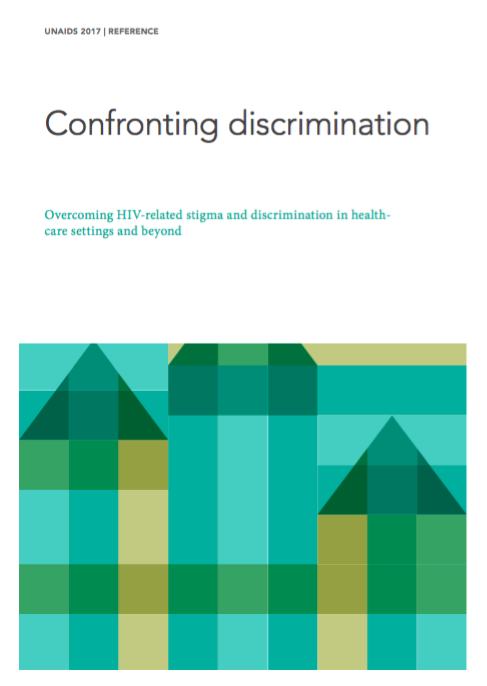
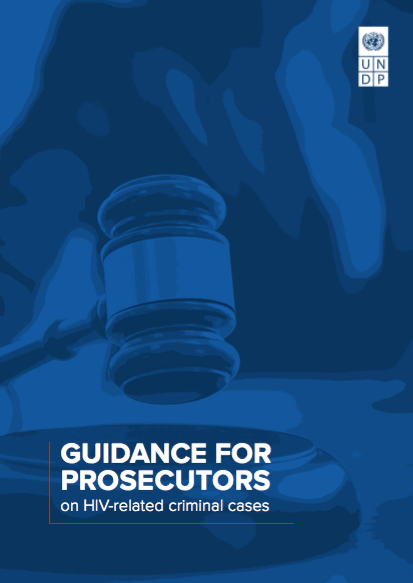 Guidance for prosecutors on HIV-related criminal cases.
Guidance for prosecutors on HIV-related criminal cases.
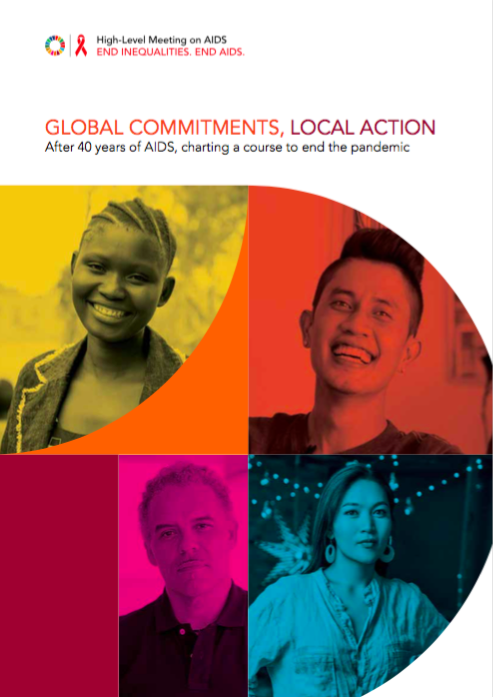 Global Commitments, Local Action. After 40 years of AIDS, charting a course to end the pandemic
Global Commitments, Local Action. After 40 years of AIDS, charting a course to end the pandemic
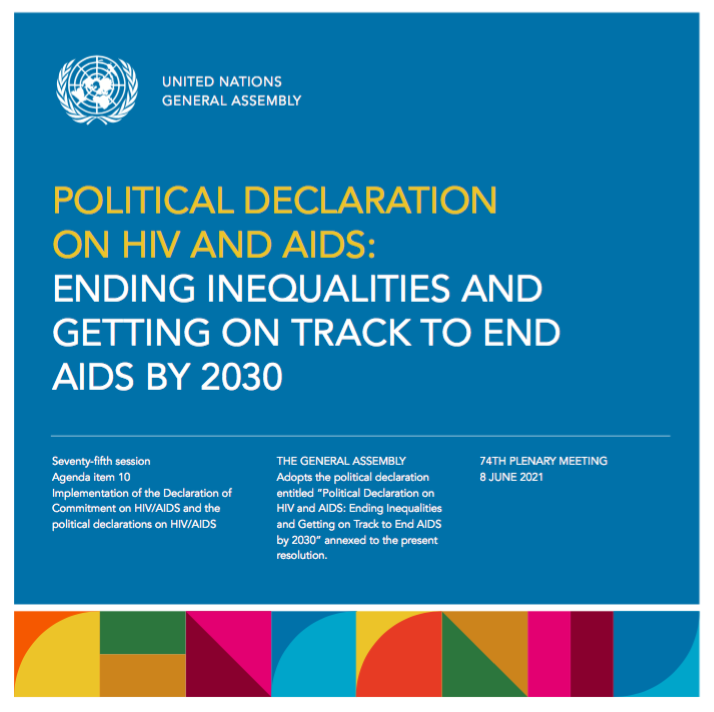 Political Declaration on HIV and AIDS: Ending Inequalities and Getting on Track to End AIDS by 2030
Political Declaration on HIV and AIDS: Ending Inequalities and Getting on Track to End AIDS by 2030
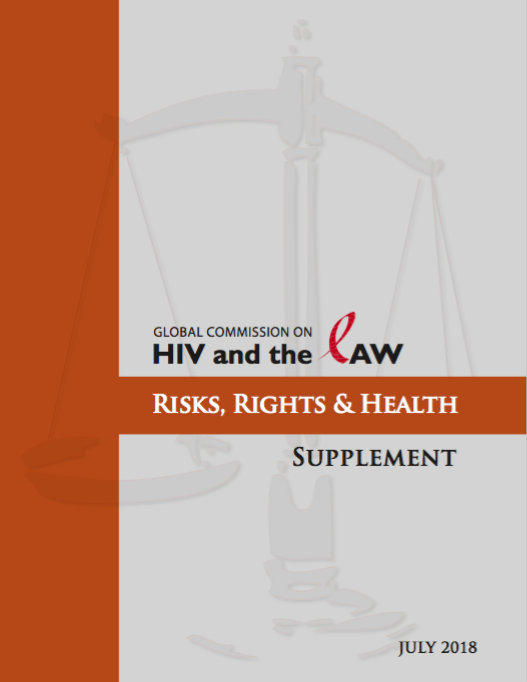 Supplement to the Report of the Global Commission on HIV and the Law “Risks, Rights & Health”
Supplement to the Report of the Global Commission on HIV and the Law “Risks, Rights & Health”